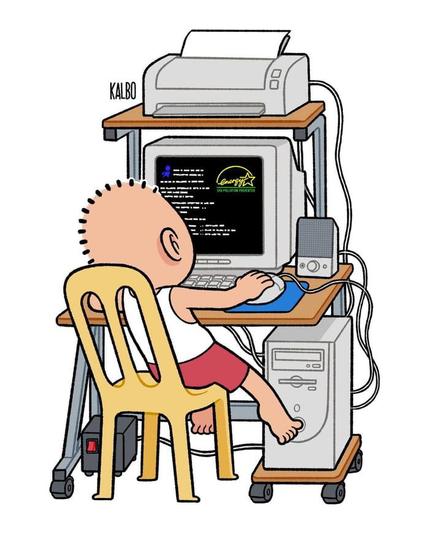@geoffl Well, energy star didn't mean as much as it might seem to mean, lol.
Mostly just meant it had stuff like suspend mode.
@geoffl Depends. If you didn't use its features, it didn't make a difference. If the computer wasn't suspended, it used the same power.
Really the biggest stuff didn't come until much later when laptop features like underclocking the CPU when the load has dropped started making their way over to desktops. Not sure about timelines on this stuff, but that may be closer to today than to the time this sort of looks like it may correspond to.
@rejzor @geoffl Right. I'm saying I didn't really get to get the benefits until stuff like that.
I'm wondering how reliable this software was though. Cool 'n Quiet and other such methods included basic profiles and such from the manufacturers that knew what voltages and speeds were stable. Software in such a time before such things seems like it might have had to do a bit of guesswork and might not be 100% perfect. Surprisingly enough, even just underclocking (not even undervolting) can result in instability if you go too low, but undervolting absolutely takes chances.
@temporalthought @stux They weren't so affordable over here either! Like I said, I only saw it in business systems personally. That's why I was so surprised to see what I thought was one on a personal computer given to a kid.
AVR would make sense though. I thought it was awfully small. That would be a lot more affordable and make a lot more sense.
@nazokiyoubinbou @stux Ours uses relays, they are slower than the transitor regulation of the PSU, creating a small brown out before switching and then arcing creating a small surge. Also, once the relay finished switching the PSU already regulated the power so the PSU had to do double duty, on top of the other issues
I think transistor based AVRs may work, but relay based ones are just too slow.
There where local studies that the delayed brown out then surge caused a huge stress on the caps.
@h0m3 @stux There are fast relays. I know my actual UPS uses a relay. A lot. Whenever I turn it on it self tests it even clicking it one way, then another. (I think there may actually be two in fact, but not 100% sure.) Any hint of a power loss and CLICK.
I think modern PSU systems use relays too. Possibly related to the fact they're using insane amounts of power. I was pretty convinced my last PSU specifically did it on purpose. I assume the idea is to draw a bit less power first, then click over to the large capacitors so they don't instantly hit the power system at the max while everything else is still coming up at the same time. I think my current one does too, but it's a lot less extreme about it than the last one if so.
Noisily loading the Yahoo! Directory at 27 bytes per second - it was very slow the first few days.
Good times.
I think my setup had a drawer for the keyboard and mouse. But yeah, that's what these things looked like 😁
❤️


